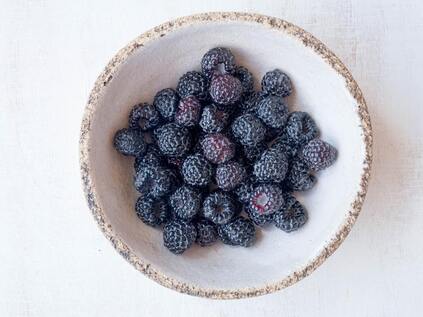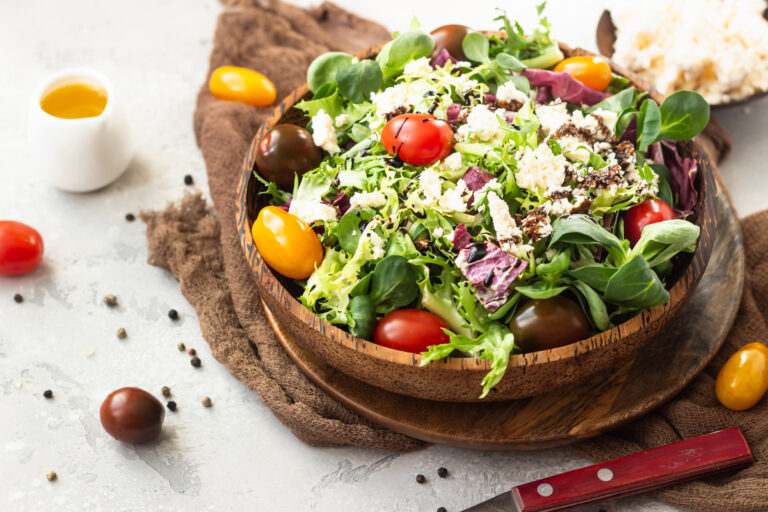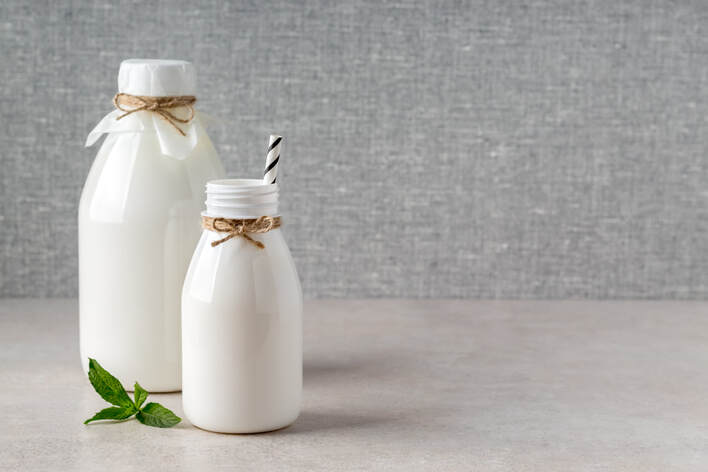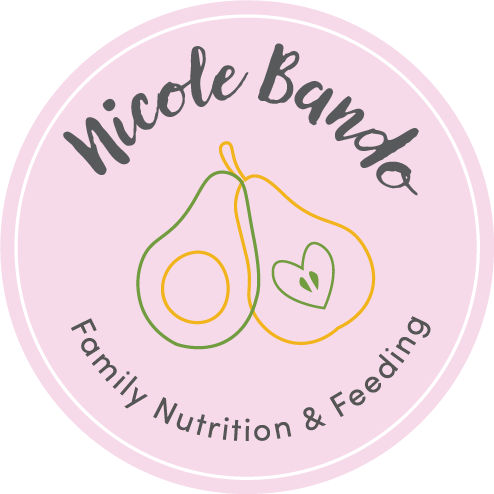Nicole Bando | Dietitian & Lactation Consultant
Search by typing & pressing enter
Search by typing & pressing enter
Search by typing & pressing enter
Nutrition and Breastfeeding Articles

‘It is hard to know what to believe with so much conflicting nutrition
information. I provide you with the latest evidence-based facts.’
Categories


Dairy foods naturally contain 10 essential nutrients including calcium, potassium, phosphorus, magnesium, carbohydrate, protein, vitamin A, riboflavin, vitamin B12 and zinc, essential healthy blood and immune systems, eyesight, muscle and nerve function, skin, energy, growth and repair. Unless you have an allergy or intolerance, or prefer to avoid dairy for personal reasons, it is a great source of nutrition that is vital for strong & growing bones at every life stage.
1 serve equals:
1 cup (250mL) of dairy milk or milk alternative (with 120mg of added calcium per 100mL) ½ cup (125mL) of evaporated milk 2 slices hard cheese (40g) ½ cup (120g) ricotta cheese ¾ cup (200g) yoghurt
Non-dairy alternatives:
100g almonds/almond butter 60g sardines ½ cup canned salmon with bones 100g firm tofu – may differ between brands
The transition from breast or bottle to dairy can feel confusing. It may be surprising to know that not every feed needs to be replaced with dairy. See below for children’s dairy needs:
1-2 years: 1- 1 ½
2-3 years: 1 ½
4-8 years: boys 2, girls 1.5
9-11 years: 2.5, girls 3
12-13 years: all 3.5
14-18 years: all 3.5
E.g. For a 2-3 year old, this equals ½ a cup of yoghurt, 1 slice of cheese and ½ cup of milk spread over the day. Remember that under 12 months, milk cannot be given as a drink. For more information about toddlers & dairy, see this article. Try to include natural yoghurts, with added fresh fruit & avoid high sugar options, such as flavoured milks, yoghurts and toddler milks. Children under 2 years require full cream milk and thereafter may switch to reduced fat.
Milk alternatives & fortification:
If a child is allergic to dairy choose an alternative milk that is fortified with calcium, for growth, healthy bones and teeth. Look for plant milks that contain 120mg of calcium per 100mL. Not all plant milks are created equal (with a large variation in carbohydrate, protein, vitamin & mineral content), so seek additional advice if needed. See our article; ‘Alternative Calcium sources if you can’t have dairy’ for recommended brands and this comparison of plant milks.
If your child is breastfed beyond 12 months, aim to incorporate dairy a couple of times per day. Breastmilk is also a good source of calcium.
References:
Eat for Health. Recommended number of serves for children adolescents and toddlers. 2015. Accessed 22nd September 2022. Available at https://www.eatforhealth.gov.au/food-essentials/how-much-do-we-need-each-day/recommended-number-serves-children-adolescents-and
Nutrition Australia. Dairy foods – how much is enough?. July 2021. Accessed 22nd September 2022. Available at:
https://nutritionaustralia.org/fact-sheets/dairy-foods-how-much-is-enough/#Is-dairy-recommended-under-the-Australian-Dietary-Guidelines?
Bonyata K. (2018). Nutrition for Breastfeeding Toddlers. Kelly Mom. Accessed 24th September 2022. Available from:
https://kellymom.com/nutrition/starting-solids/toddler-foods/
By Emma McShane, Dietitian, edited by Nicole Bando (APD, IBCLC), October 2022
